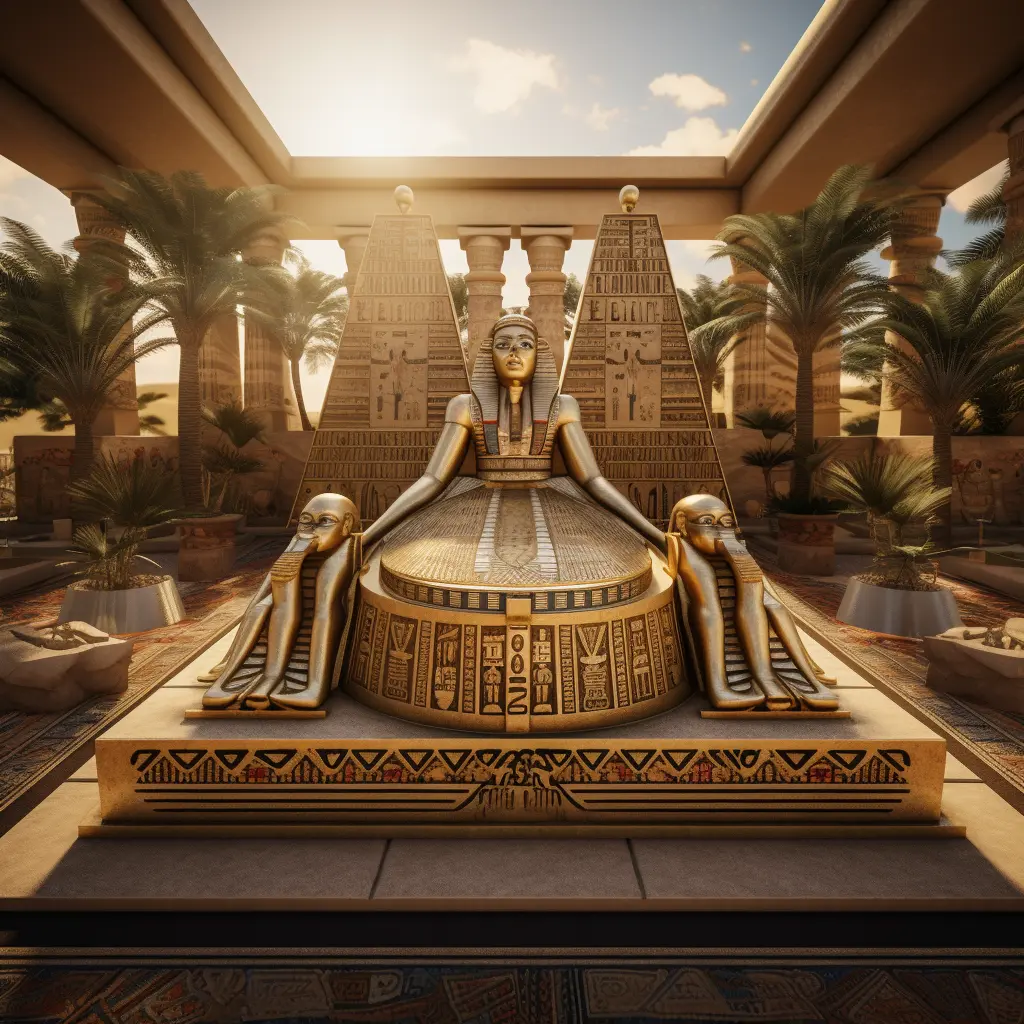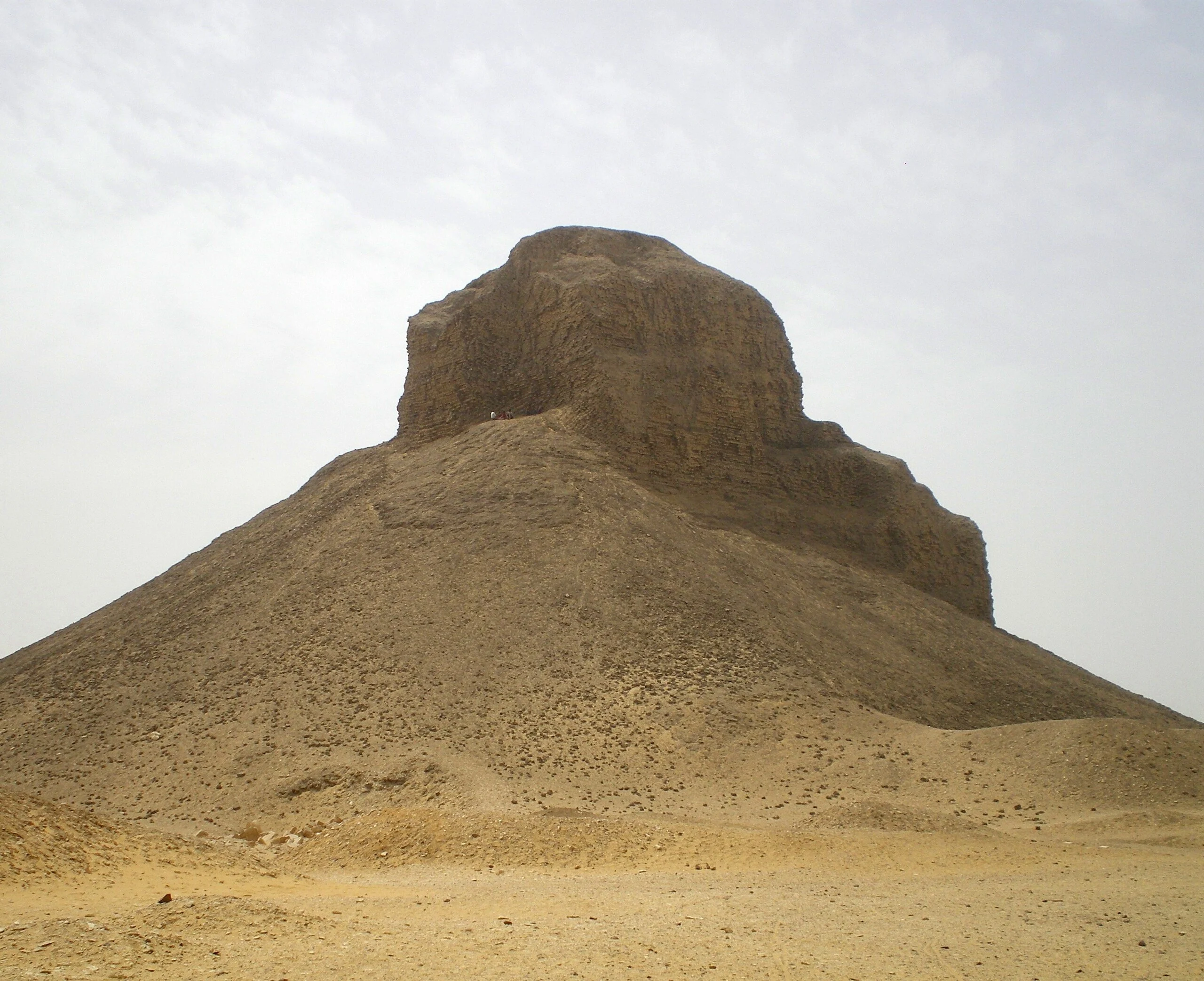
This list is not to be confused with the “New 7 Wonders of the World“.
Overview of the Seven Wonders of the World
From antiquity to modernity, mankind has been fascinated by extraordinary feats of architecture and engineering. Across diverse geographies and cultures, seven constructions have garnered unparalleled recognition. Whether it’s the towering Great Pyramid of Giza or the breathtaking Great Wall of China, these awe-inspiring landmarks encapsulate the zenith of human ingenuity, creativity, and perseverance throughout history.
The importance of Learning About These Wonders
Understanding the seven wonders doesn’t just satisfy our wanderlust soul but also enhances our knowledge about various civilizations, cultures, art forms, and technological advances of different times. This learning expands our worldview, encouraging respect for global cultural heritage while intriguing our curiosity about the marvels of human engineering.
The Great Pyramid of Giza: The Eternal Wonder
Brief History of the Great Pyramid of Giza
Born out of the grand vision of pharaoh Khufu, the Great Pyramid of Giza, erected in 2680 BC, stands as the most ancient monument on the list of seven wonders. Conceived as a colossal tomb, its construction is a testament to the ingenuity of Egyptian builders. The massive structure, originally standing at 481 feet, was the tallest man-made edifice for almost four millennia. It was built using over 2 million stone blocks, each weighing between 2.5 and 15 tons, sourced from nearby quarries. Today, it continues to mystify scholars, researchers, and tourists alike, representing the pinnacle of ancient architectural achievement.
Unique Features of the Great Pyramid of Giza
Significantly, the Great Pyramid of Giza boasts remarkable precision in design and construction that still amazes architects and scientists today. Deemed the most mathematically perfect structure, it initially stood at a height of 481 feet and declined just by mere inches around the base, showcasing a high level of accuracy. Constructed over 4,500 years ago, its cardinal direction alignment with the true north is astonishingly accurate, deviating by just 3/60th of a degree. Notably, the choice of its limestone blocks remains a mystery; the specific type used isn’t found anywhere near Giza’s locale. These unique details reflect the pyramid’s ingenious design, challenging us to re-think ancient technology.
The Hanging Gardens of Babylon: The Lost Wonder
History and Legend of the Hanging Gardens
Believed to have been constructed in the ancient city of Babylon, the Hanging Gardens’ existence, as well as its exact location, remains shrouded in mystery. Legend has it that the remarkable stepped pyramid of lush greenery, adorned with exotic flowers and plants, was built by King Nebuchadnezzar II around 600 BC. He supposedly created this tranquil oasis to appease his Median wife, Amytis, who missed her verdant homeland. Despite the lack of archaeological evidence, these gardens continue to captivate the imagination, representing the epitome of architectural grandeur and advanced irrigation systems. The Hanging Gardens’ mystery only amplifies the allure, etching it permanently as a revered wonder.
Archaeological Studies and Evidences
The enigma of the Hanging Gardens’ existence has intrigued scholars for centuries. Archaeological evidence is indirect, yet fascinating, and primarily based on ancient texts. Excavations at Babylon uncovered a palace likely belonging to King Nebuchadnezzar II, but there was no direct evidence of the gardens. The Greek historian Herodotus, despite his detailed descriptions of Babylon, never mentioned them, giving rise to debate. However, more recent studies suggest these gardens might have been located in Nineveh, another ancient city. Cuneiform tablets unearthed here indicate a complex system of aqueducts and sluice gates, offering potential proof of an irrigation mechanism that sustained these legendary gardens.
The Statue of Zeus at Olympia: The Divine Wonder
Introduction and History of the Statue
Once considered the symbol of divine supremacy, the Statue of Zeus at Olympia was an exemplary display of grandeur and artistry. Created by Phidias, the greatest of all Greek sculptors, around 435 B.C., it stood proudly in the Temple of Zeus, attracting wide-eyed observers from across the globe. Immaculately sculpted from ivory plates and gold panels, the imposing figure of the deity seated on a majestic throne was so high that it almost touched the temple’s ceiling. An emblem of faith and devotion, it was regarded as an illustrious testament to Greek civilization, its spiritual roots, and its awe-inspiring contributions to art.
Description and Symbolic Value
Crafted by the ancient Greek sculptor Phidias, the Statue of Zeus was a majestic portrayal of the sky and thunder god seated on a grandiose throne, placed inside the Temple of Zeus. Made of gold, ivory, and precious stones, the towering figure is said to have reached up to 12 meters in height, a sublime testament to its divine model. It symbolically represented the apex of religious worship in Greece, embodying the zenith of artistic prowess and spiritual belief. Regrettably, despite its opulent beauty and spiritual relevance, only descriptions and depictions survive today, as this divine wonder was lost to cataclysms and time.
The Temple of Artemis at Ephesus: The Ancient Wonder
Story Behind the Temple of Artemis
Ephesus, a Greek city located in present-day Turkey, played host to one of antiquity’s most magnificent architectural achievements, the Temple of Artemis. Revered as one of the Seven Wonders, it was constructed in the 6th century BC in honor of the Greek goddess Artemis. Built by craftsmen Chersiphron and his son Metagenes, it was known for its stunning size, intricate design, and shimmering marble construction. The temple held over 100 tall columns and was adorned with priceless statues and paintings. However, despite its grandeur, it was sadly destroyed, rebuilt, and razed again several times, with its eventual downfall owing to a disastrous fire and later, a destructive Goth raid.
Architectural Significance
The Temple of Artemis at Ephesus, built in 550 BCE, stands as a testament to Greek architectural prowess and creativity. Known for its grandeur, the structure was adorned with 127 Ionic columns standing around 60 feet tall. To enhance its magnificence, detailed sculptures, crafted by renowned sculptor Scopas, beautified the columns. The temple’s layout was as remarkable as its exteriors. With a central cella surrounded by columns and an outer portico, the design was ahead of its time. Today, although in ruins, the temple remains an influential representation of ancient Greek architecture, showcasing the skill and ingenuity of artisans and engineers of that era.
The Mausoleum at Halicarnassus: The Memorial Wonder
Historical Account of the Mausoleum
Commissioned by Artemisia, the grief-stricken widow of Mausolus, a Persian satrap, the Mausoleum at Halicarnassus was an artful calamity born out of tearful love. Constructed in 350 BC in Halicarnassus, modern-day Turkey, this majestic mausoleum was aptly labeled a wonder of the ancient world by Antipater of Sidon for its imposing height of 45m and ornate sculptures crafted by the best Greek artisans of the time. Its legendary beauty captivated observers for nearly 16 centuries, until a series of devastating earthquakes brought its grandeur to ruins, forming the foundation for Bodrum Castle. Despite its demise, the Mausoleum’s architectural and emotional significance affirm its place in history.
Construction and Noteworthy Characteristics
Built in 350 BC in Halicarnassus, what is now Bodrum, Turkey, the Mausoleum was a tomb of unparalleled splendor designed for King Mausolus by his wife and sister, Artemisia. Embodying Greek, Lycian, and Egyptian architectural influences, it stood approximately 45 meters high, flanked by 36 slender columns. Its marvel was capped off by a stunning pyramid roof, crowned with a four-horse marble chariot. Emblazoned with intricate friezes and statues created by some of the period’s most renowned sculptors, this grandiose marvel set a new bar for funerary monuments and became a symbol of their everlasting love.
The Colossus of Rhodes: The Gigantic Wonder
Construction and Description of the Colossus
Erected in 280 BC on the Greek island of Rhodes, the Colossus was a striking statue that stood approximately 33 meters tall. Constructed to celebrate Rhodes’ victory over the invading forces of Cyprus, the statue depicts their patron god, Helios. Chares of Lindos, a local sculptor, was credited with this mammoth masterpiece, which took nearly 12 years to complete. Despite being conceived as a single piece, it was built in sections with iron bars and large stone blocks serving as the internal framework. Sadly, the Colossus was short-lived, standing for only 56 years before an earthquake brought it down. It was a sight to behold, with gleaming bronze skin reflecting sunlight over the harbor—a sight worthy of being deemed a wonder.
Existence, Fall and Remains
This towering statue was a tribute to the sun god Helios and once graced the entrance to Rhodes Harbor. Erected in 280 BC, it was hailed as a symbol of victory against the invading Macedonians. Unfortunately, an earthquake in 226 BC destroyed the awe-inspiring monument, and only its base survives today. What remains of the Colossus are mere stones, yet their significance in world history remains undiminished. The lack of physical remains has not impacted its legacy, making it a subject of endless studies and debates, etching its significance firmly in the annals of architectural marvels.
Lighthouse of Alexandria: The Illuminating Wonder
A Brief History of Lighthouse of Alexandria
The Lighthouse of Alexandria, known as the Pharos, has a captivating history that is as unique as its impressive architecture. Built around 280 BC on the island of Pharos, this marvel stood tall at over 100 meters, guiding sailors safely into the harbour of Alexandria. Commissioned by Ptolemy I Soter, the project was completed under his son, Ptolemy II. This illuminated wonder was not just an operational lighthouse but also a tourist attraction, with a mirror reflecting light for tens of miles out to sea. Regrettably, it gradually vanished by the 14th century, following a series of earthquakes.
Features and the Fate of the Lighthouse
The Lighthouse of Alexandria, standing as tall as 120 meters, was an exceptional feat of engineering, with its shining light acting as a beacon for ships up to 50 kilometers away. Constructed in the Ptolemaic Kingdom of Hellenistic Egypt around 280 BC, it utilized a curved mirror to facilitate its illuminating purpose. Unfortunately, the ravages of time and the inevitability of natural disasters took a toll on this radiant marvel. Earthquakes in 956 AD, 1303 AD, and 1323 AD gradually reduced its height, leading to its complete disappearance by 1480 AD. A vestige of its glory—pieces of its fallen stone—can still be witnessed embedded within a fort on Pharos Island today.
Conclusion
Recap of the Seven Wonders
In summary, each monument on this fascinating list offers unparalleled insights into the astounding capabilities of past civilizations. From the Great Pyramid’s matchless engineering to the Taj Mahal’s heavenly beauty, the Hanging Gardens’ breathtaking landscape, and the others’ grandeur and mystique, they all echo an enduring testament to human creativity and handiwork.
Enduring Fascination and Significance of These Wonders
In conclusion, the enduring allure and importance of these seven marvels lie not just in their architectural grandeur but in their representation of mankind’s innovation, creativity, and determination throughout history. Their existence continues to inspire awe, sparking imaginations and fueling the desire to explore our global heritage.



